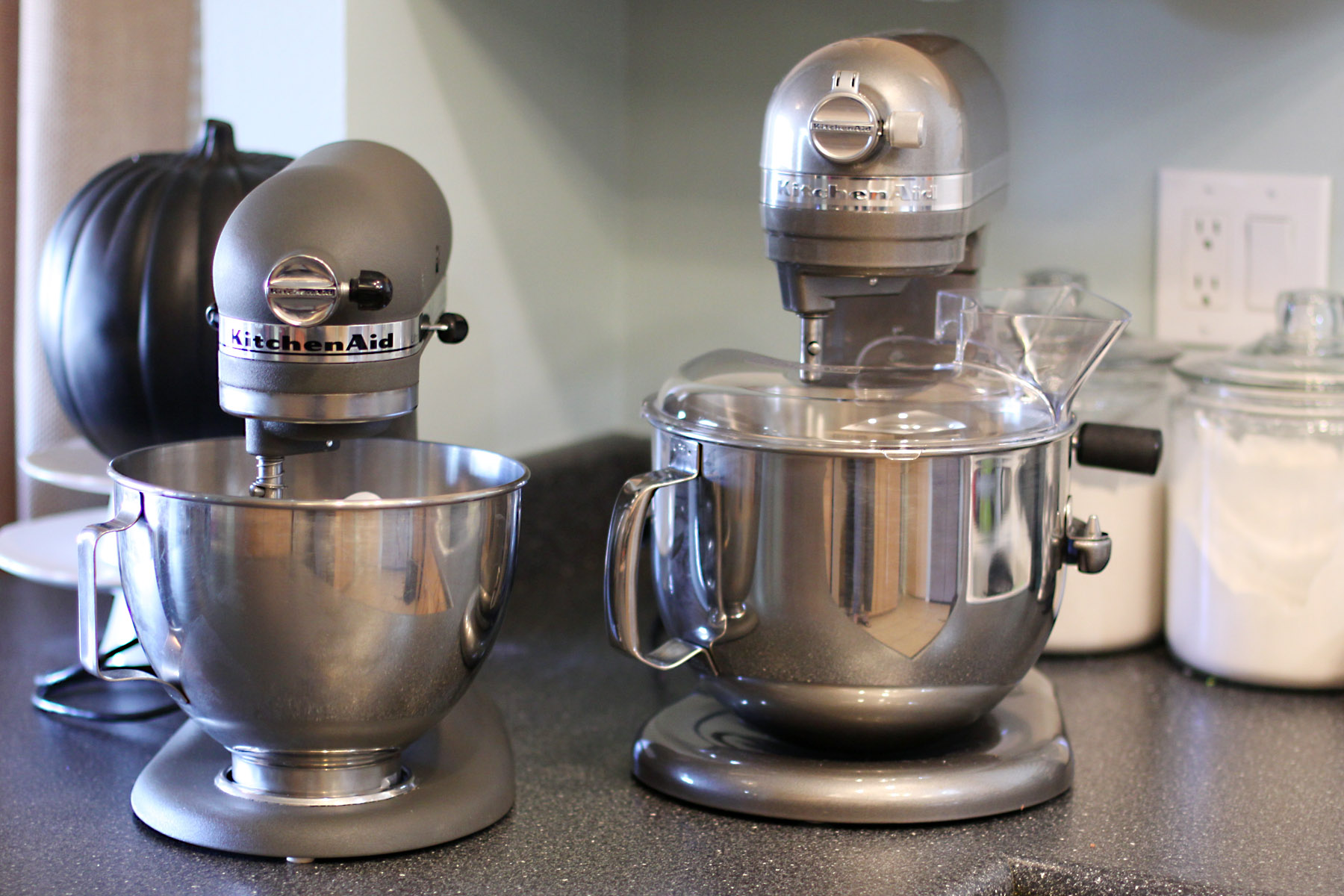

Articles
What Is The Smallest Kitchenaid Mixer
Modified: February 28, 2024
Discover the smallest Kitchenaid mixer with our informative articles. Learn about the compact design and powerful performance of this kitchen essential.
(Many of the links in this article redirect to a specific reviewed product. Your purchase of these products through affiliate links helps to generate commission for Storables.com, at no extra cost. Learn more)
Introduction
When it comes to baking and cooking enthusiasts, having a reliable and efficient kitchen mixer is an essential tool. The KitchenAid brand has long been revered for its high-quality mixers that combine performance, durability, and versatility. With various sizes and models available, it can be overwhelming to choose the right one for your needs.
In this article, we will explore the world of KitchenAid mixers and focus specifically on the smallest options available. Whether you have limited counter space or prefer a compact design, a small KitchenAid mixer may be the perfect fit for your kitchen.
From its humble beginnings in 1919, KitchenAid has been synonymous with top-notch kitchen appliances. With a reputation for excellence and innovation, the brand has continually evolved to meet the ever-changing demands of home cooks and professional chefs alike.
The KitchenAid mixer is renowned for its sturdy construction, powerful motor, and extensive range of attachments. Whether you’re whipping up meringues, kneading dough, or blending batters, these mixers offer unparalleled performance and precision.
Now, let’s delve into the details of the smallest KitchenAid mixers and discover the benefits and considerations of owning one.
Key Takeaways:
- Small KitchenAid mixers offer space-saving, portability, and affordability, making them ideal for those with limited counter space or a preference for compact and versatile kitchen tools.
- Consider factors such as mixing capacity, power, attachments, design, budget, and customer reviews when choosing the smallest KitchenAid mixer to ensure it meets your baking needs and complements your kitchen.
Read more: What Kitchenaid Mixer To Buy
KitchenAid Mixer Overview
Before we dive into the specifics of small KitchenAid mixers, let’s take a moment to understand the overall features and capabilities of these iconic machines.
KitchenAid mixers are known for their robust construction, boasting a heavy-duty metal body that ensures stability and durability. The mixers are equipped with a powerful motor, ranging from 250 to 1000 watts, depending on the model.
One of the standout features of KitchenAid mixers is their versatility. They come with a hub on the front of the machine where you can attach various accessories and transform your mixer into a multifunctional kitchen tool. The attachments include dough hooks for kneading bread and pizza dough, flat beaters for mixing batters and doughs, and wire whisks for whisked cream and meringues. Additionally, there are a variety of optional attachments available, such as pasta makers, food grinders, and citrus juicers, making the KitchenAid mixer a true culinary powerhouse.
Another notable aspect of KitchenAid mixers is their planetary mixing action. This means that the attachment moves in a 67-point circular pattern, ensuring that all ingredients are thoroughly incorporated. This consistent and thorough mixing action guarantees consistent results and eliminates the need for manual scraping of the bowl.
Furthermore, KitchenAid mixers come with a tilt-head or bowl-lift design. The tilt-head design allows for easy access to the mixing bowl and effortless attachment changes. On the other hand, the bowl-lift design is better suited for handling larger quantities of ingredients.
Now that we have a solid understanding of the features and capabilities of KitchenAid mixers, let’s explore the different sizes available, with a special focus on the smallest options.
Different Sizes of KitchenAid Mixers
KitchenAid mixers come in a range of sizes to cater to different needs and kitchen spaces. Understanding the different sizes available will help you determine which one is best suited for your specific requirements.
The sizes of KitchenAid mixers are typically measured by the capacity of the mixing bowl, which is measured in quarts. The most common sizes include 4.5-quart, 5-quart, 6-quart, and 7-quart mixers.
The 4.5-quart mixers are the smallest and are perfect for casual bakers and those with limited counter space. They are ideal for small-batch recipes and everyday baking needs. While these mixers may be smaller in size, they still pack a punch with their powerful motors and versatile attachments.
The 5-quart mixers are the most popular and offer a perfect balance between capacity and convenience. They are suitable for most baking tasks and can easily handle single batches of cookies, cakes, and bread. This size is often recommended for home cooks who regularly bake but don’t need the extra capacity of larger mixers.
The 6-quart mixers are larger and are a great choice for avid bakers, culinary enthusiasts, and those who often entertain large gatherings. These mixers can handle double batches of dough and batter, making them ideal for more demanding recipes. They provide ample room for mixing without compromising on performance.
The 7-quart mixers are the largest in the KitchenAid lineup and are designed for professional chefs or serious home cooks who frequently tackle large-scale recipes. These mixers can effortlessly handle heavy doughs, multiple batches, and commercial-level baking. If you regularly bake in large quantities or run a baking business, a 7-quart mixer may be the perfect choice.
It’s important to consider your cooking and baking habits, as well as the available counter space, when choosing the size of your KitchenAid mixer. If space is limited or you primarily bake in small quantities, the smallest options may be the most practical choice.
Now that we’ve explored the different sizes of KitchenAid mixers, let’s dive into the specifics of the small KitchenAid mixers and discover their benefits and considerations.
Understanding Small KitchenAid Mixers
Small KitchenAid mixers are the perfect solution for individuals with limited counter space or those who prefer a more compact and portable option. These mixers offer all the quality and performance of their larger counterparts, but in a smaller package.
With a smaller size, these mixers are easier to store and can be more convenient for those who have smaller kitchens or need to transport their mixer to different locations. They are lightweight and more portable, making them a popular choice for those who enjoy baking on-the-go or have limited storage space.
Despite their smaller size, these mixers still provide plenty of power and versatility. They typically have motors ranging from 250 to 325 watts, which is sufficient for most baking tasks. The attachments available for small KitchenAid mixers are the same as the larger ones, allowing you to mix, knead, and whisk with ease.
One consideration when it comes to small KitchenAid mixers is the capacity of the mixing bowl. The smallest models usually have a capacity of around 3.5 to 4 quarts. While this may not be suitable for large-batch recipes, it is perfect for smaller quantities and everyday baking needs. It’s worth noting that some small KitchenAid mixers come with a smaller bowl size by default, but larger optional bowls can be purchased separately if needed.
Another aspect to consider is the speed options available on small KitchenAid mixers. While some may have fewer speed settings compared to the larger models, they still offer ample control for various mixing tasks. Most small mixers come with around 10 speed settings, ranging from gentle stirring to high-speed whipping.
Small KitchenAid mixers also come in a variety of colors and finishes, allowing you to choose one that matches your kitchen decor or personal style. From classic matte black to vibrant red and sleek stainless steel, there’s a small KitchenAid mixer that will not only perform well but also look great on your countertop.
Ultimately, understanding small KitchenAid mixers means recognizing their compact size, portability, and convenience without compromising on performance and functionality. Whether you’re a beginner baker, have limited space, or enjoy taking your mixer on the go, a small KitchenAid mixer can be a game-changer in your kitchen.
Next, let’s explore the pros and cons of small KitchenAid mixers to help you make an informed decision.
Pros and Cons of Small KitchenAid Mixers
Like any kitchen appliance, small KitchenAid mixers have their own set of pros and cons. Understanding these advantages and drawbacks can help you determine if a small mixer is the right choice for your baking needs.
Read more: What Is The Warranty On A Kitchenaid Mixer
Pros:
- Space-saving: The compact size of small KitchenAid mixers makes them ideal for kitchens with limited counter space. They take up less room compared to their larger counterparts, allowing you to make the most of your kitchen area.
- Portability: Small mixers are lightweight and easier to transport, making them a great option for those who like to take their mixer on-the-go or need to store it away when not in use.
- Convenience: Small mixers are easier to handle and operate. They typically have tilt-head designs, making it simpler to add ingredients, remove attachments, and clean the bowl.
- Affordability: Generally, small KitchenAid mixers are more budget-friendly compared to their larger counterparts. If you’re looking for a reliable mixer without breaking the bank, a small KitchenAid mixer could be a great choice.
Cons:
- Capacity limitations: The main drawback of small KitchenAid mixers is their limited mixing bowl capacity. If you frequently bake in large quantities or require high-capacity mixing, a small mixer may not be suitable for your needs.
- Less powerful motor: Small mixers typically have lower wattage motors compared to larger models. While they are still powerful enough for most baking tasks, heavy-duty tasks like kneading thick dough may be more challenging for them.
- Less speed options: Small mixers may have fewer speed settings compared to larger models. While this may not be a deal-breaker for most users, it’s important to consider if precise speed control is a key requirement for your baking endeavors.
- Smaller attachments: Some small KitchenAid mixers may come with smaller attachments by default, which may restrict the amount of dough or batter you can work with. However, larger optional bowls and attachments can often be purchased separately.
Consider these pros and cons to weigh the advantages and limitations of small KitchenAid mixers. Think about your baking habits, the quantity of ingredients you typically work with, and the available space in your kitchen.
Now that we’ve explored the pros and cons, let’s discover some popular models of small KitchenAid mixers to help you narrow down your options.
Popular Small KitchenAid Mixer Models
When it comes to small KitchenAid mixers, there are several popular models that stand out for their performance, features, and overall customer satisfaction. Here are some top choices to consider:
1. KitchenAid Artisan Mini
The KitchenAid Artisan Mini is a 3.5-quart mixer that combines power, versatility, and a compact design. It offers 10 speed settings, a tilt-head design for easy access to the bowl, and comes with a flat beater, dough hook, and wire whisk attachments. With over 10 colors available, it allows you to add a pop of personality to your kitchen countertop.
Read more: Kitchenaid Mixer What To Make
2. KitchenAid Classic Plus
The KitchenAid Classic Plus is a 4.5-quart mixer that offers a balance of affordability and performance. With its 275-watt motor, it can effortlessly handle most baking tasks. It comes with a flat beater, dough hook, and wire whisk attachments, and offers 10 speed settings. The Classic Plus is a great option for those who want a small mixer that delivers reliable results without breaking the bank.
3. KitchenAid Artisan Series
The KitchenAid Artisan Series is the larger sibling of the Artisan Mini. Coming in at 5 quarts, it’s still considered a small mixer but with a bit more capacity. It boasts a 325-watt motor, 10 speed settings, and a wide range of color options. The Artisan Series includes the iconic tilt-head design, making it simple to add ingredients and switch attachments.
4. KitchenAid Classic Series
The KitchenAid Classic Series is another popular small mixer, offering a 4.5-quart capacity and a 275-watt motor. It provides 10 speed settings, a tilt-head design, and comes with three standard attachments: a flat beater, dough hook, and wire whisk. With its timeless design and dependable performance, the Classic Series is a favorite among home cooks.
These models are just a few examples of the popular small KitchenAid mixers available. Each one offers its own unique features and benefits, allowing you to find the perfect match for your baking needs and preferences.
Now that you’re familiar with some popular models of small KitchenAid mixers, let’s explore the factors you should consider when choosing the smallest KitchenAid mixer.
Factors to Consider When Choosing the Smallest KitchenAid Mixer
When selecting the smallest KitchenAid mixer for your needs, it’s important to consider a few key factors to ensure that it aligns with your baking requirements and preferences. Here are some essential factors to keep in mind:
1. Mixing Capacity
First and foremost, consider the mixing capacity of the smallest KitchenAid mixer you are considering. Assess the quantity of ingredients you typically work with and determine if the smaller bowl size will accommodate your baking needs. If you often bake in larger batches, you may need to consider a larger KitchenAid mixer with a higher capacity.
2. Power and Speed Options
Check the wattage of the motor in the smallest KitchenAid mixer. While smaller mixers generally have lower wattage, ensure that it is still powerful enough to handle the tasks you regularly undertake. Additionally, verify the number of speed settings available to ensure that it offers enough versatility for your mixing requirements.
3. Attachments and Accessories
Consider the attachments and accessories that come with the smallest KitchenAid mixer. Assess whether it includes the attachments you commonly use, such as a flat beater, dough hook, and wire whisk. Furthermore, check if there are optional attachments available if you wish to expand the functionality of your mixer in the future.
4. Design and Aesthetics
Take into account the design and aesthetics of the smallest KitchenAid mixer. With a wide range of colors and finishes available, choose one that matches your personal style and complements your kitchen decor. Remember, your mixer will likely be on display on your countertop, so it’s essential to select a design that you find visually appealing.
Read more: What Is The Largest Kitchenaid Stand Mixer
5. Budget
Consider your budget when choosing the smallest KitchenAid mixer. While smaller models tend to be more affordable than larger ones, it’s still important to establish your price range and find a mixer that offers the best value for your money. Compare different models and features within your budget to make an informed decision.
6. Customer Reviews
Lastly, read customer reviews and ratings of the smallest KitchenAid mixer options you are considering. Real-life experiences from other users can provide valuable insights regarding the performance, reliability, and satisfaction of the mixer. Pay attention to both positive and negative feedback to get a comprehensive understanding of the product.
By considering these factors, you can confidently choose the smallest KitchenAid mixer that meets your specific baking needs, fits within your budget, and complements your kitchen setting.
Now that we’ve explored the factors to consider, let’s conclude our discussion on small KitchenAid mixers.
Conclusion
Choosing the right KitchenAid mixer is a decision that can greatly impact your baking experience and overall culinary prowess. Small KitchenAid mixers offer a compact and convenient solution for those with limited counter space or a preference for portability. While they may have smaller mixing capacities, these mixers still pack a punch in terms of power, performance, and versatility.
Throughout this article, we’ve explored the world of KitchenAid mixers, focusing specifically on the smallest options available. We’ve discussed the overall features and capabilities of KitchenAid mixers, the different sizes available, and delved into the specifics of small KitchenAid mixers.
We’ve discussed the advantages and drawbacks of small KitchenAid mixers, including their space-saving design, portability, and affordability, as well as their limitations in terms of capacity and power compared to larger models.
We’ve highlighted some popular small KitchenAid mixer models, showcasing their unique features and benefits. These models offer a range of options to cater to different preferences and baking needs, ensuring that there’s a perfect match for every aspiring chef.
Additionally, we’ve covered important factors to consider when choosing the smallest KitchenAid mixer, such as mixing capacity, power and speed options, attachments and accessories, design and aesthetics, and budget. Taking these factors into account will help you make an informed decision that aligns with your baking requirements and personal preferences.
In conclusion, small KitchenAid mixers are an excellent choice for those looking for a space-saving and versatile kitchen companion. Whether you’re a casual baker, a passionate home cook, or a professional chef, these mixers provide the performance, quality, and reliability that KitchenAid is renowned for.
So, now that you have a comprehensive understanding of small KitchenAid mixers, it’s time to assess your needs, explore the available models, and confidently choose the smallest KitchenAid mixer that will unleash your culinary creativity and take your baking adventures to new heights.
Frequently Asked Questions about What Is The Smallest Kitchenaid Mixer
Was this page helpful?
At Storables.com, we guarantee accurate and reliable information. Our content, validated by Expert Board Contributors, is crafted following stringent Editorial Policies. We're committed to providing you with well-researched, expert-backed insights for all your informational needs.
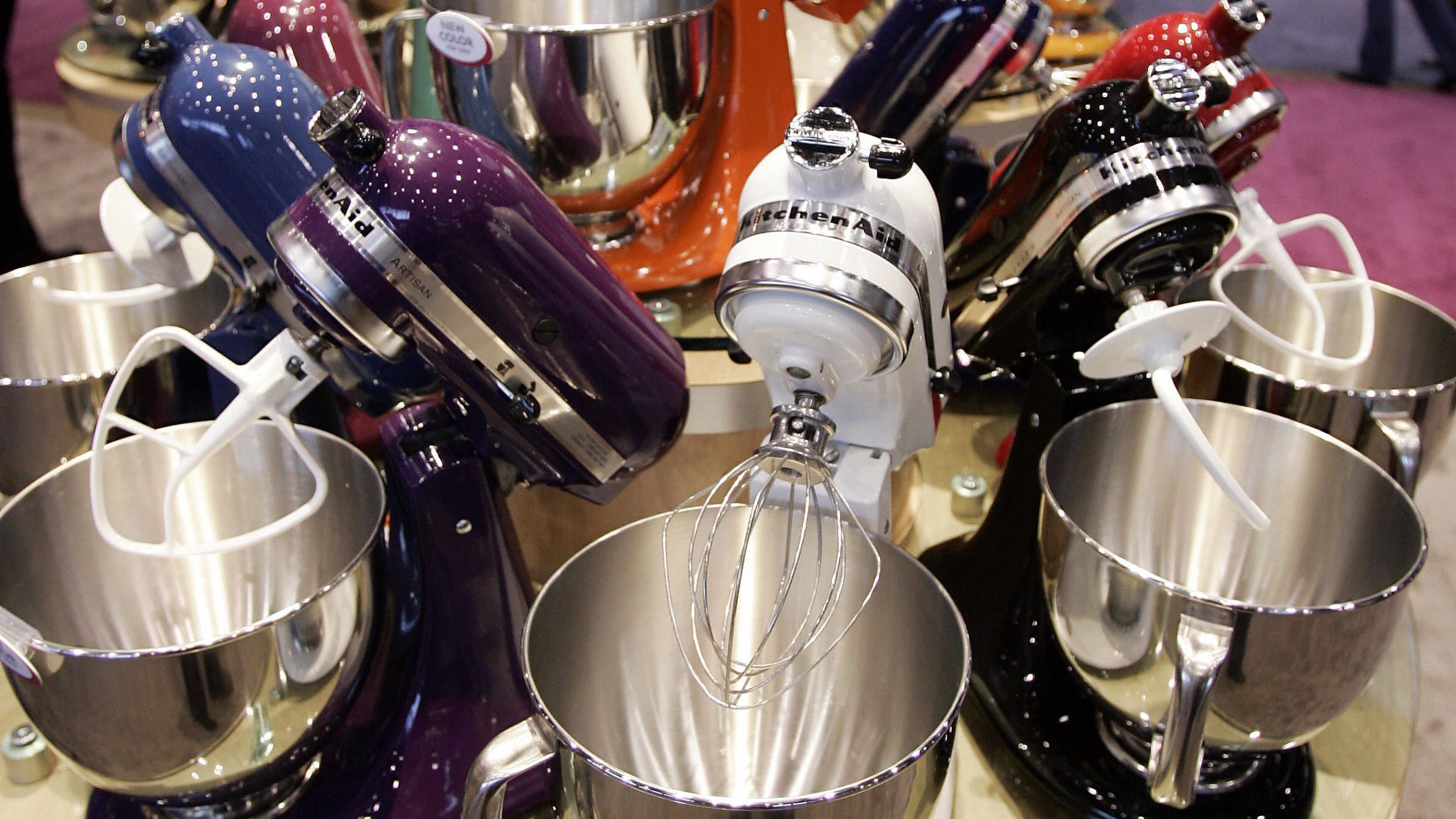
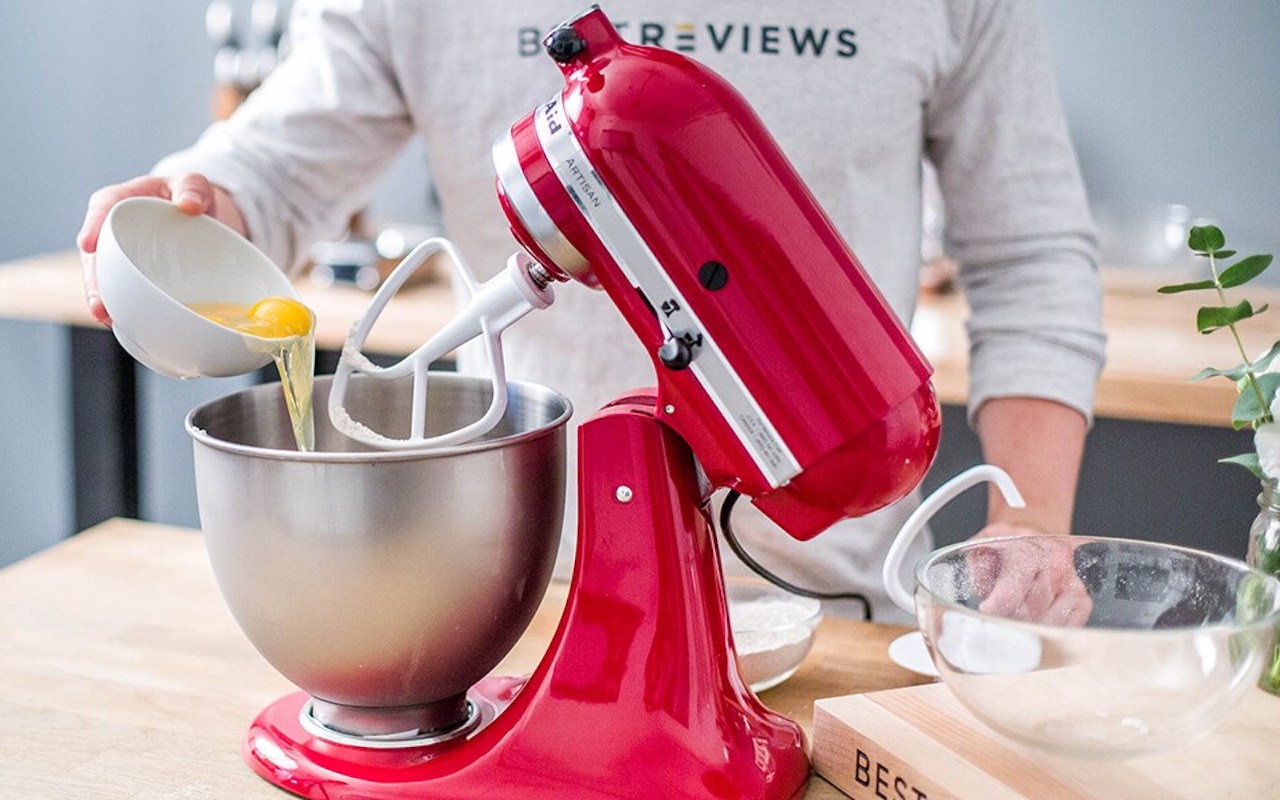
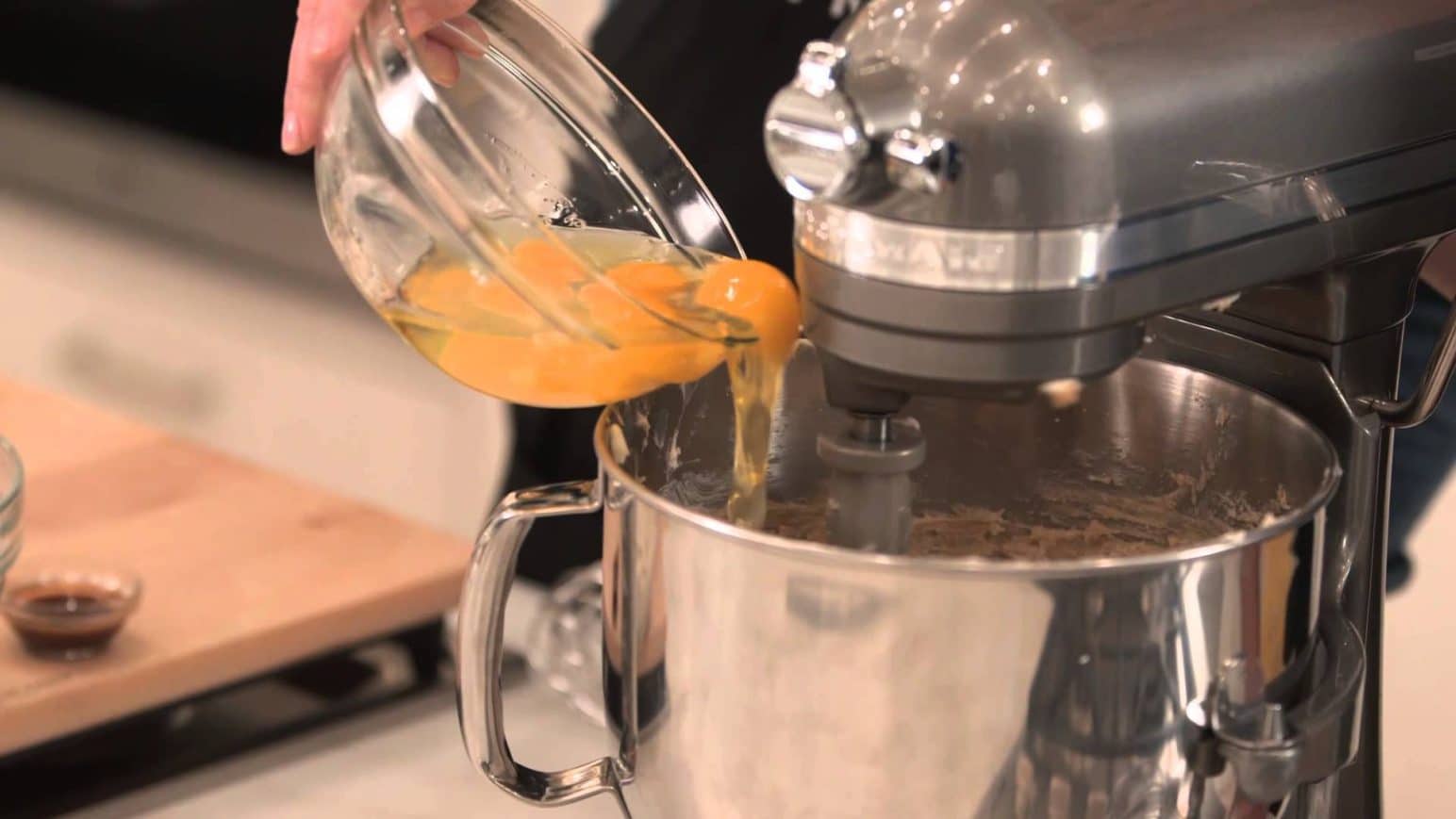
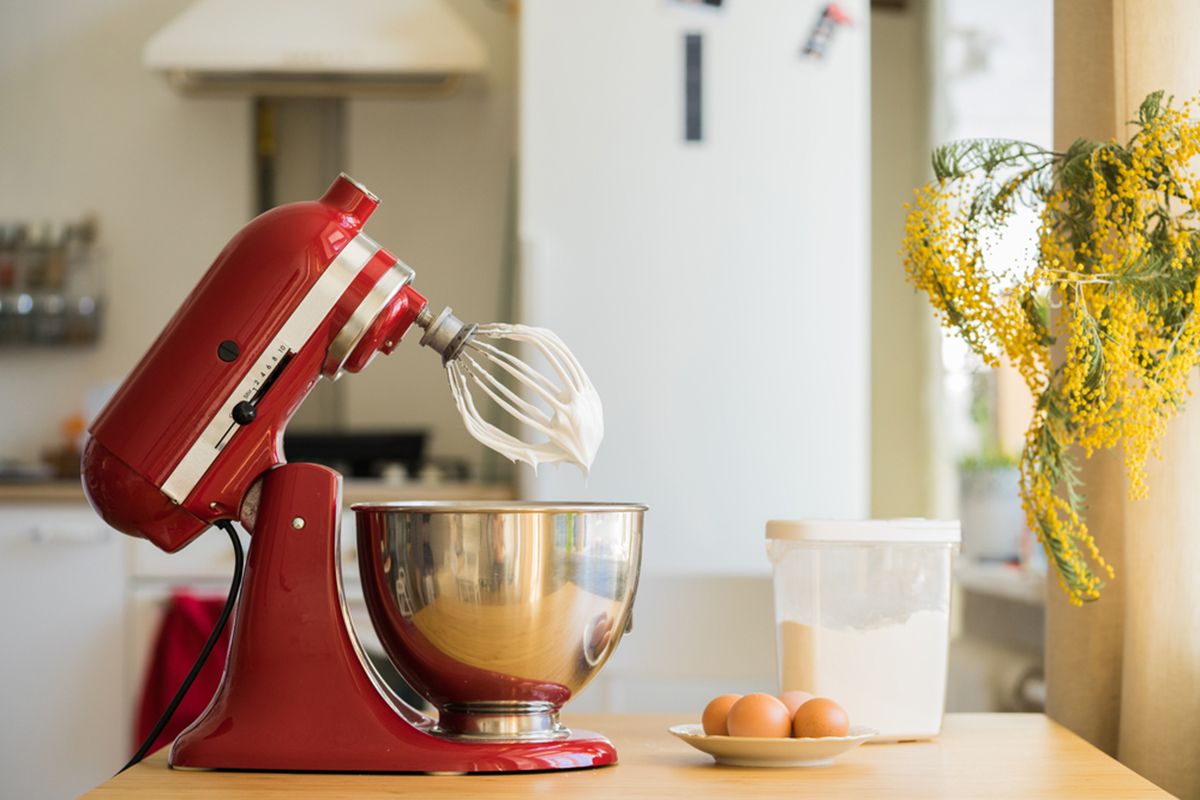
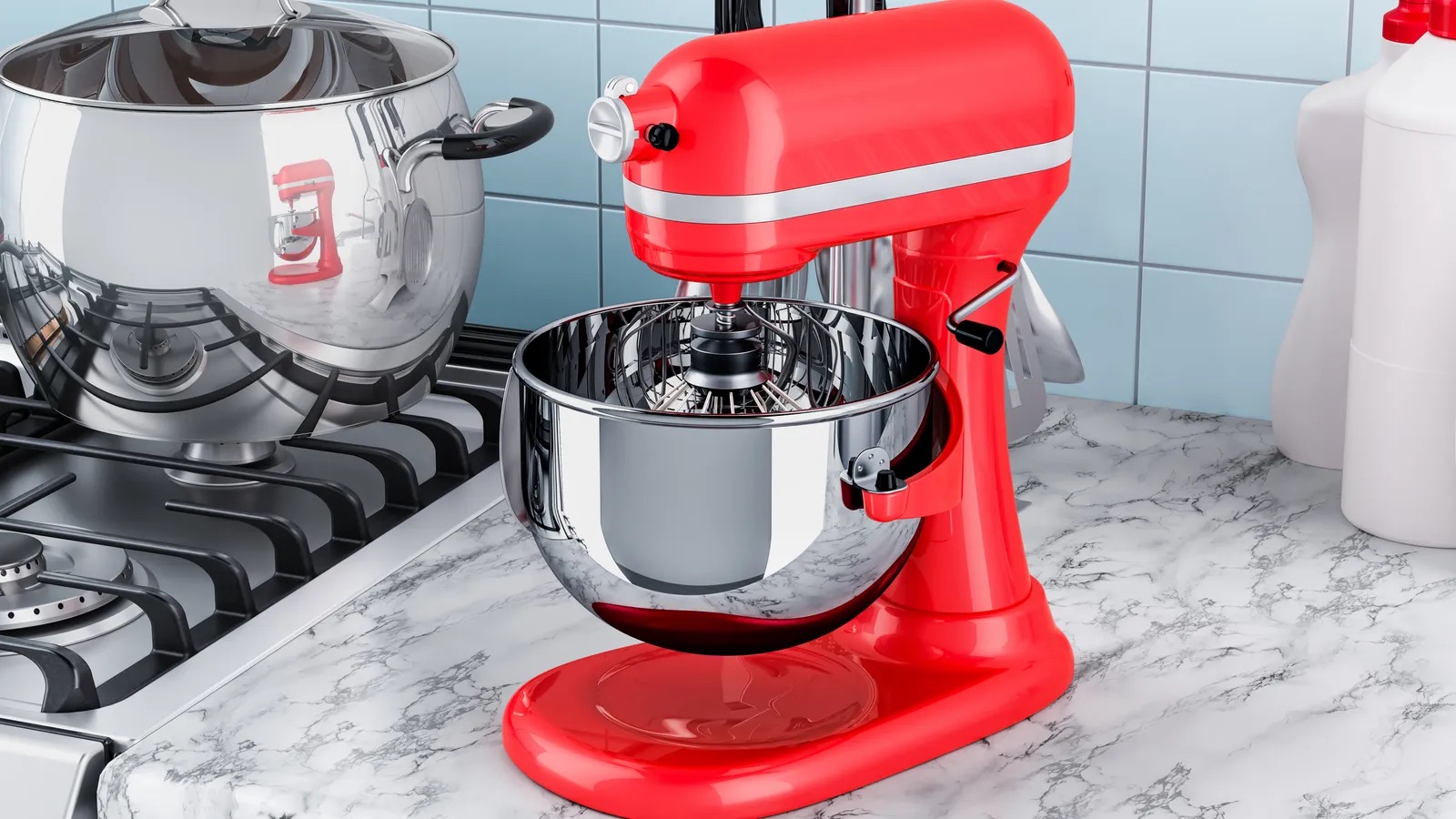
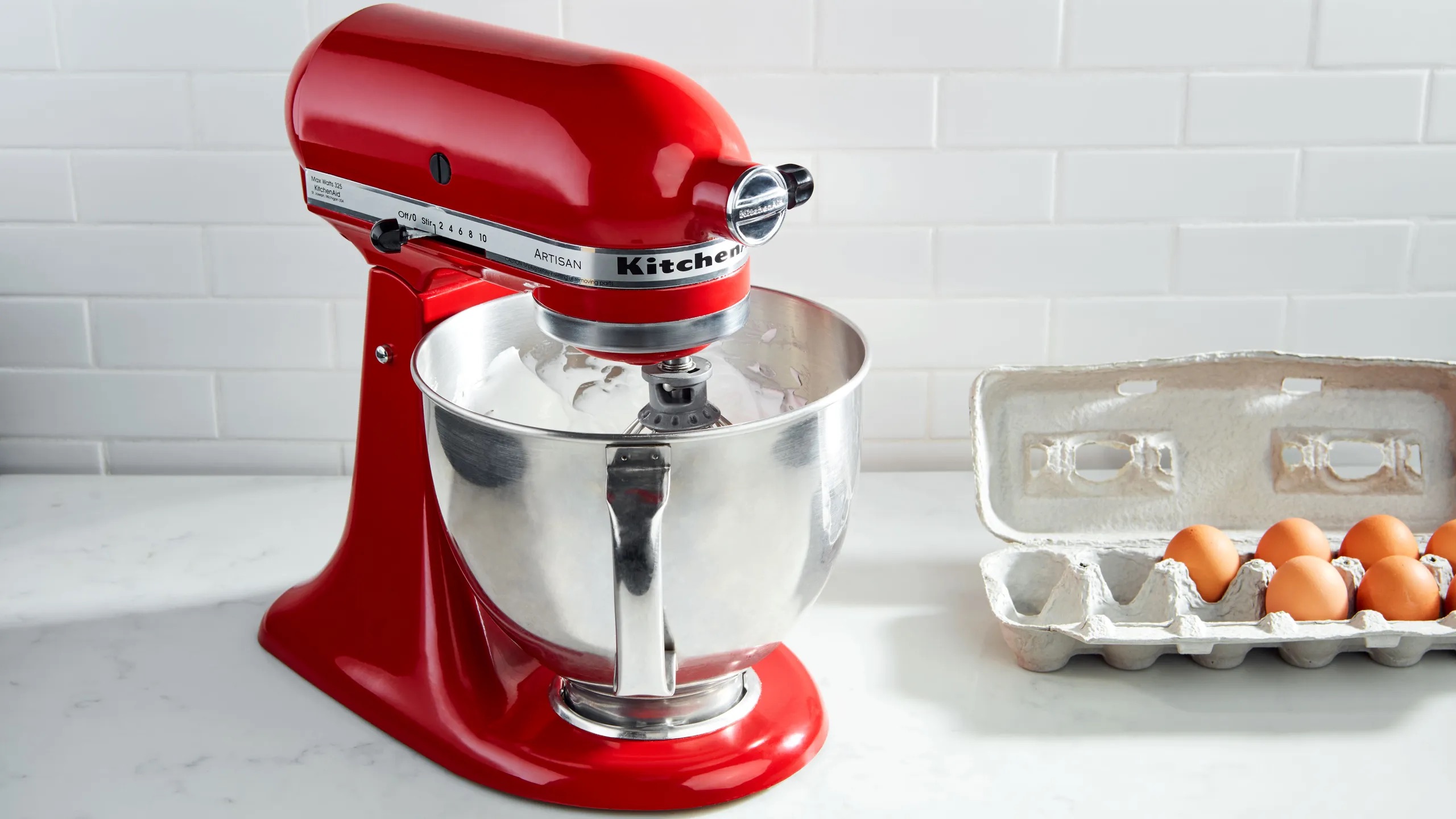
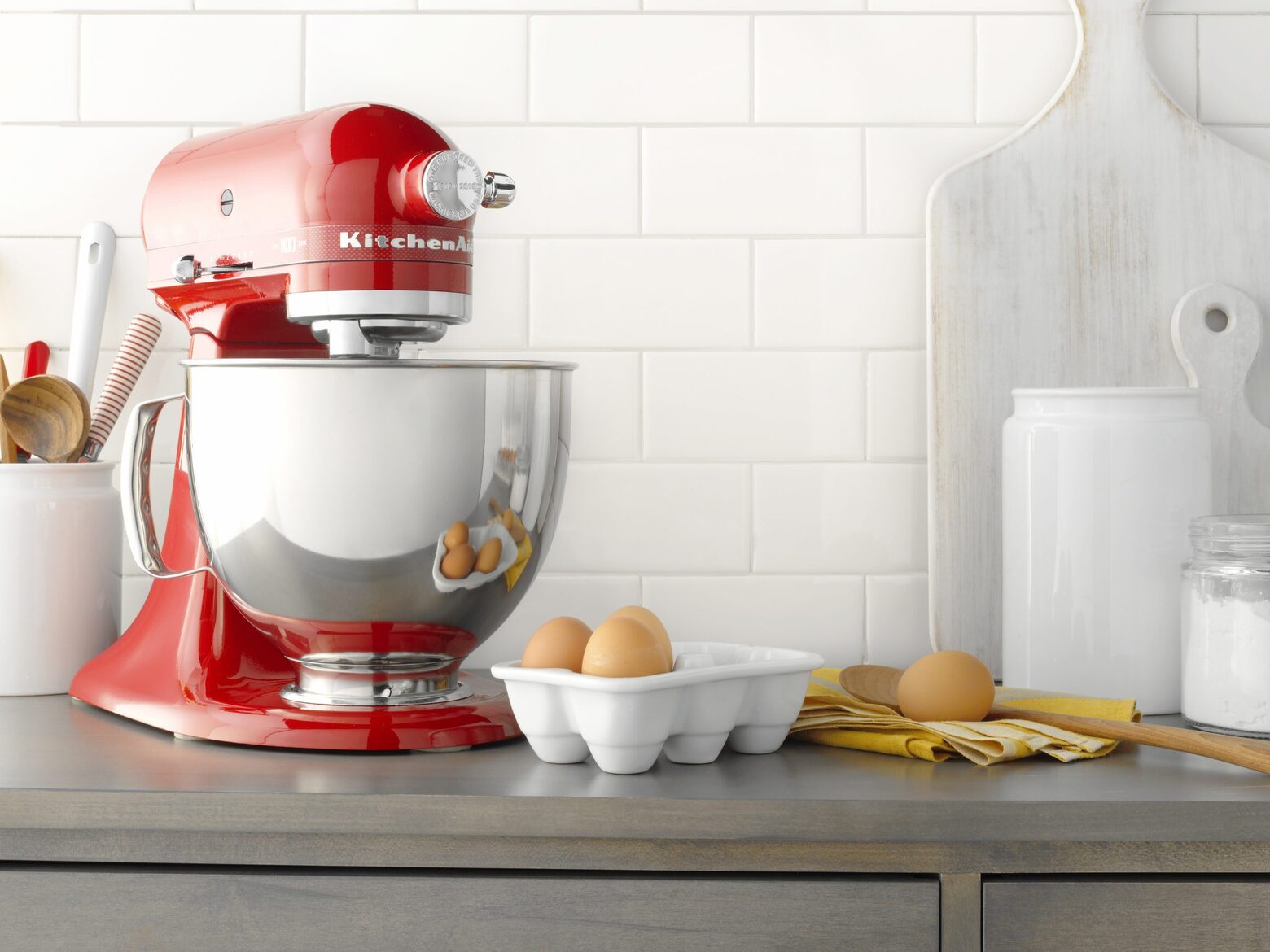
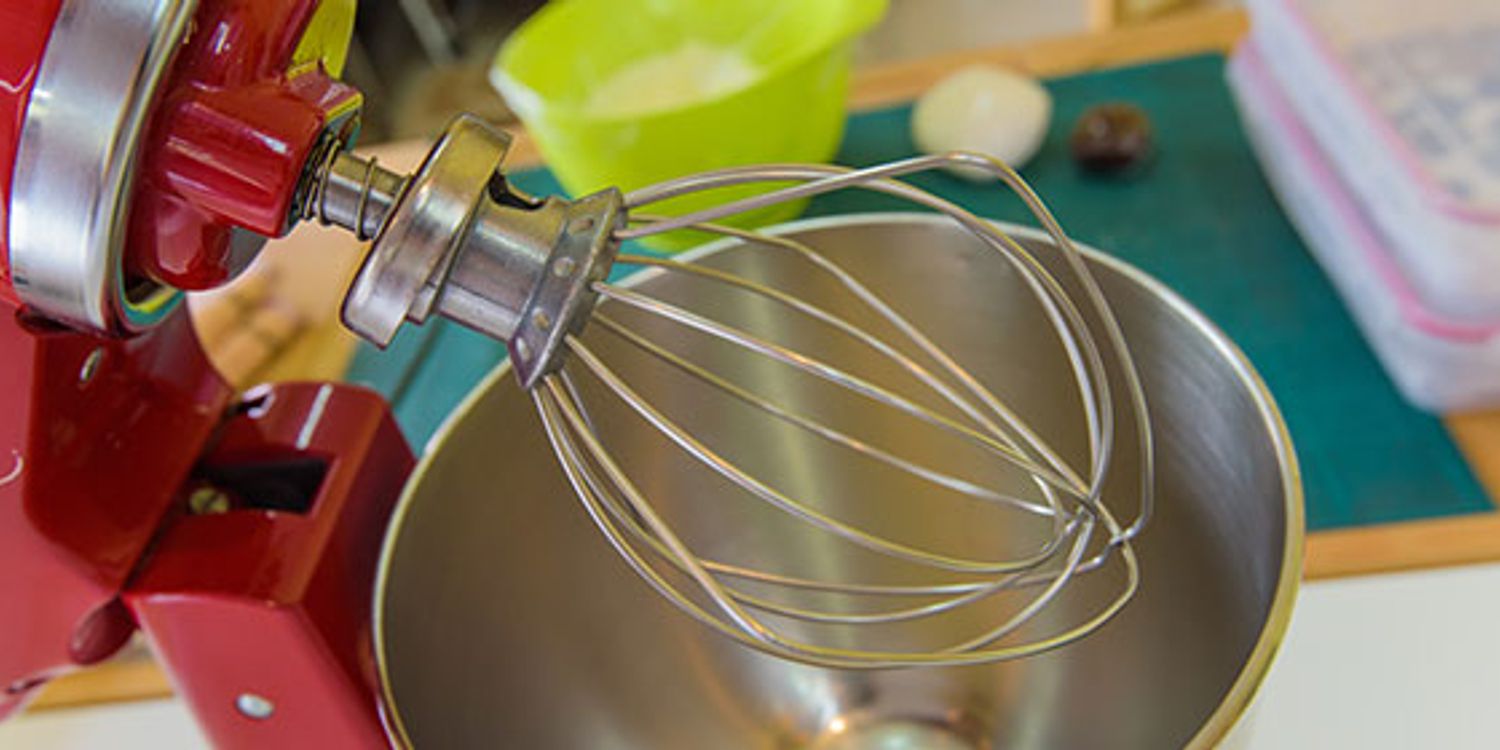
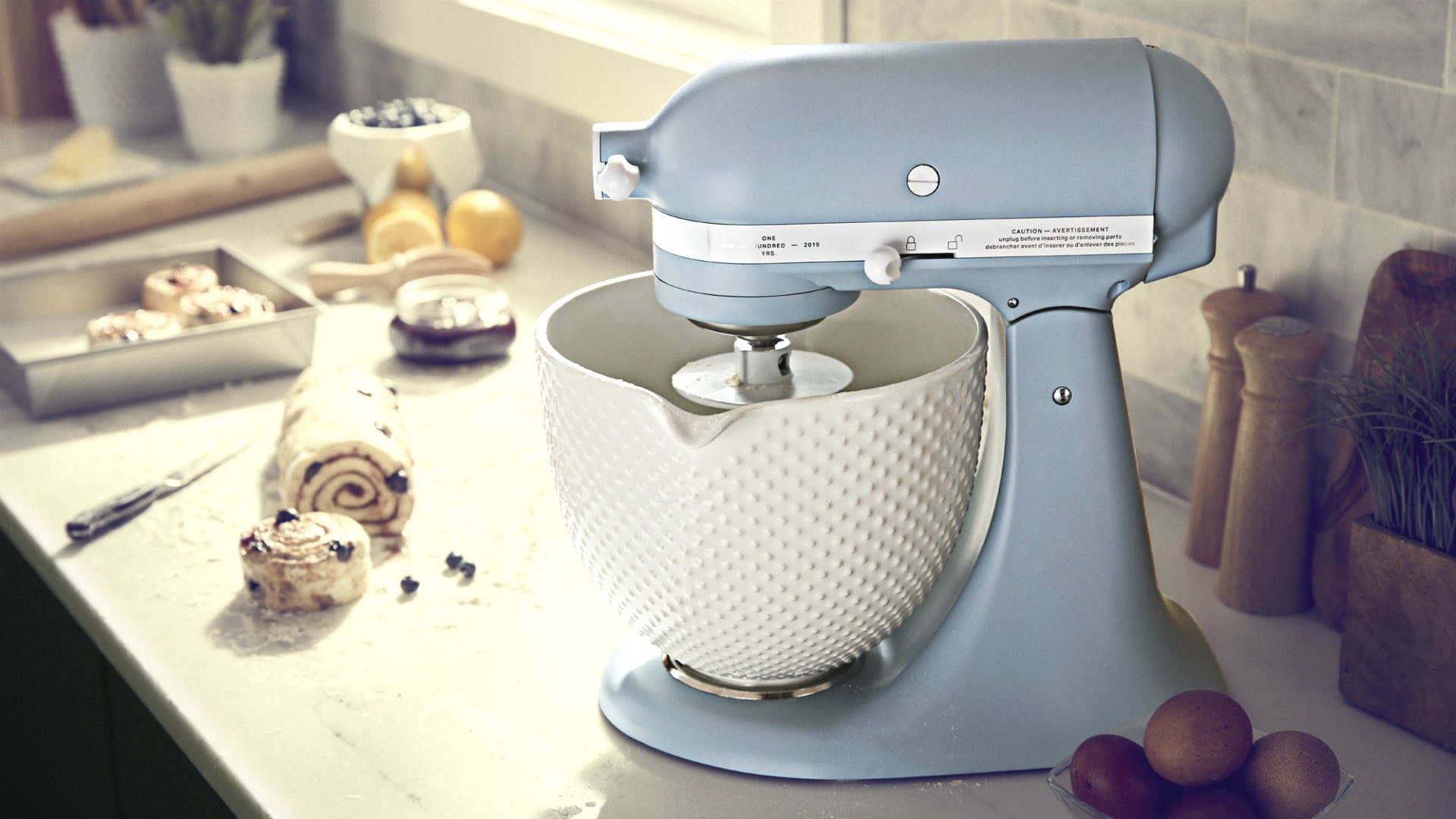
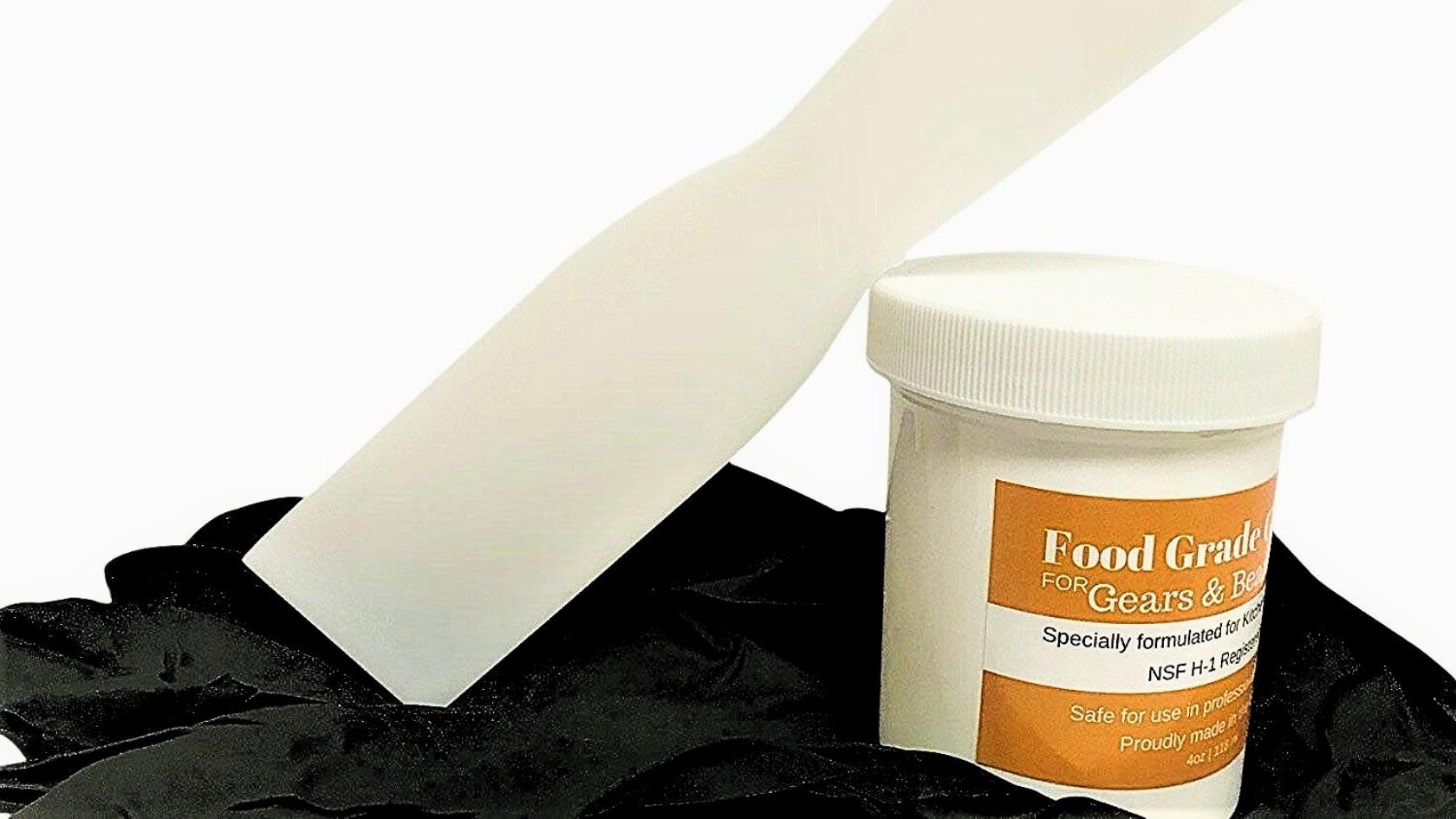


0 thoughts on “What Is The Smallest Kitchenaid Mixer”